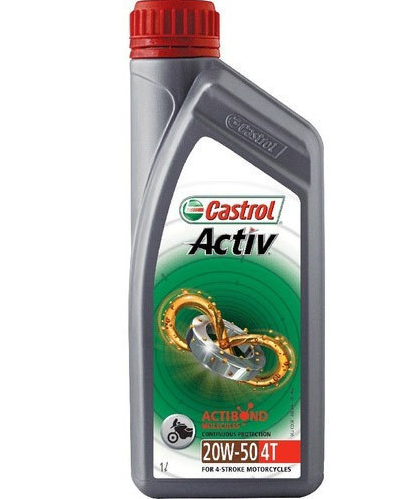Engine oil viscosity is a crucial factor in ensuring optimal engine performance and longevity. Viscosity refers to the oil’s resistance to flow and is affected by temperature changes. Understanding how engine oil viscosity changes at different temperatures is essential for choosing the right oil for your vehicle. Let’s dive into the details!
The Effect of Temperature on Oil Viscosity
As lubricants, including engine oil, get hot, their viscosity decreases. Conversely, as they cool down, their viscosity increases. This change in viscosity is attributed to the oil’s molecular structure. When heated, the oil molecules move more freely, resulting in reduced resistance to flow. On the other hand, cooling causes the molecules to slow down, increasing their resistance to flow.
Oil viscosity is measured using two parameters: dynamic viscosity (mPa.s) and kinematic viscosity (mm²/s). These values change with temperature, as shown in the table below:
| Temperature (°C) | Dynamic Viscosity (mPa.s) | Kinematic Viscosity (mm²/s) |
|---|---|---|
| 30 | 128.42 | 146.70 |
| 40 | 74.55 | 85.76 |
| 50 | 46.43 | 53.80 |
| 60 | 30.58 | 35.69 |
From the table, we observe that as the temperature increases from 30°C to 60°C, both dynamic and kinematic viscosity values decrease. This indicates that the oil becomes less resistant to flow as it gets hotter. See the Engine Oil Viscosity Chart
Choosing the Right Oil Viscosity
When selecting engine oil, it is crucial to consider the recommended viscosity grade for your specific vehicle and the operating temperature range. Oil viscosity grades are represented by numbers, such as 0W-20 or 10W-40, where the first number indicates the viscosity at low temperatures and the second number represents the viscosity at high temperatures.
For example, an oil with a lower cold temperature viscosity (before the “W”) provides better engine protection during start-up in cold climates. On the other hand, the higher temperature viscosity ensures sufficient lubrication and protection under high operating temperatures.
It is important to consult your vehicle’s owner’s manual or consult an automotive professional to determine the appropriate oil viscosity for your specific make and model.
See the Engine Oil Viscosity Chart
Importance of Maintaining Proper Viscosity
Maintaining the correct viscosity of engine oil is vital for preventing premature engine wear, maximizing fuel efficiency, and prolonging engine life. When the oil’s viscosity is too high, it may not flow adequately, leading to poor lubrication and increased friction. Conversely, if the viscosity is too low, it may not provide sufficient lubrication under high-temperature conditions, risking engine damage.
Regular oil changes, following the manufacturer’s recommendations, are crucial for ensuring the oil stays within the recommended viscosity range. As temperatures fluctuate throughout the year, using the right oil viscosity will help maintain optimal engine performance regardless of the weather conditions.

Credit: precisionlubrication.com

Credit: cermatreatment.com
Frequently Asked Questions on Viscosity of Engine Oil at Different Temperatures: A Comprehensive Guide
How Does Engine Oil Viscosity Change with Temperature?
Engine oil viscosity decreases as the temperature rises and increases as the temperature falls.
What Is the Viscosity of Sae 30 Oil at 60 Degrees?
SAE 30 oil has a viscosity of 35.69 mm²/s at 60 degrees temperature.
Which Oil Has the Highest Viscosity When the Engine Is Warm?
The oil with the highest viscosity when the engine is warm is SAE 30.
Is Oil More Viscous When Cold?
Oil becomes more viscous when cold due to its thickening nature, causing it to flow more slowly at low temperatures.
Conclusion
The viscosity of engine oil changes with temperature variation. It is essential to choose the right oil viscosity grade based on your vehicle’s recommendations and the operating temperature ranges you typically experience. Maintaining proper viscosity through regular oil changes will ensure optimal engine performance, fuel efficiency, and engine longevity. Always consult your vehicle’s manual or seek professional guidance to choose the correct engine oil viscosity for your specific vehicle.


